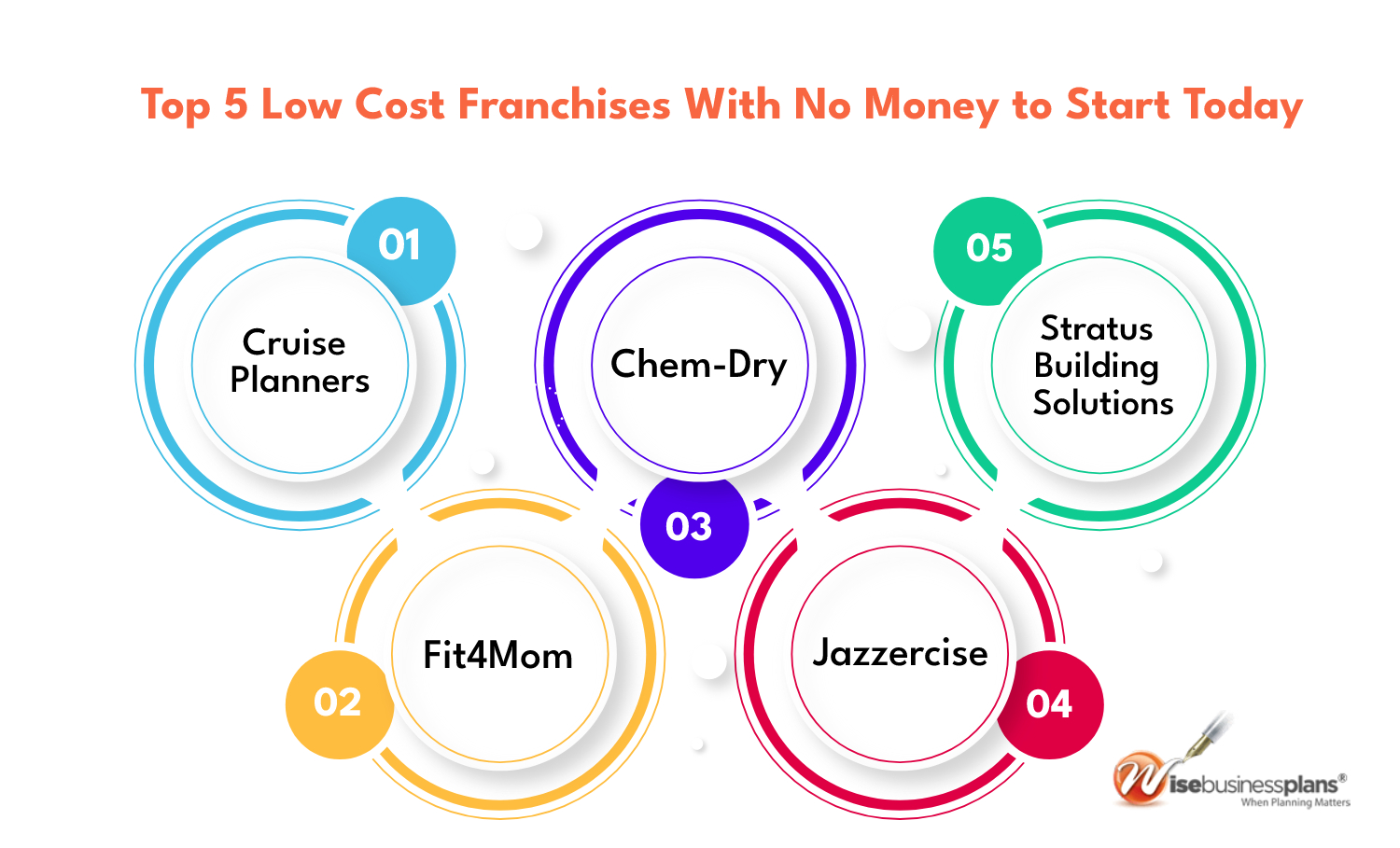How To Franchise A Business With No Money

The dream of expanding a successful business through franchising often feels unattainable for entrepreneurs lacking substantial capital. However, experts suggest that franchising without significant upfront investment is possible, albeit requiring creativity, strategic partnerships, and a willingness to navigate unconventional pathways.
This article explores various strategies and approaches that aspiring franchisors can employ to overcome financial hurdles and successfully launch their franchise system. Understanding these methods is crucial for business owners seeking growth without depleting their personal or business finances.
Understanding the Challenges
Franchising typically involves significant initial costs, including legal fees for creating franchise agreements, developing operations manuals, marketing expenses for attracting franchisees, and training resources. The International Franchise Association (IFA) estimates initial franchise costs can range from tens of thousands to hundreds of thousands of dollars.
Securing traditional financing, such as bank loans, can be difficult, especially for companies without a proven franchise track record. Overcoming these financial barriers requires innovative strategies and a resourceful approach.
Bootstrap Franchising: Minimizing Upfront Costs
Bootstrap franchising focuses on minimizing initial expenses through careful planning and resourcefulness. This approach often involves starting small and scaling gradually as the franchise system gains traction.
One key tactic is to delay hiring full-time staff. Entrepreneurs can leverage freelance professionals and virtual assistants for tasks like marketing, legal support, and administrative work, reducing overhead significantly.
Leveraging Existing Resources
Instead of developing entirely new systems, utilize existing resources and refine them for franchise operations. This includes adapting current training materials and operational procedures to suit the franchise model.
Consider offering a limited number of franchises initially to test the market and fine-tune the franchise system before broader expansion. This phased approach reduces initial financial risk.
Strategic Partnerships: Sharing the Burden
Strategic partnerships can provide access to resources and expertise without requiring significant upfront investment. Collaborating with complementary businesses can create mutually beneficial relationships.
For example, a restaurant chain could partner with a food supplier who offers discounted products or marketing support in exchange for being the preferred vendor for all franchisees. Forming a joint venture with an established business that has experience in franchising can be invaluable.
Franchisee Financing and Support
Rather than providing direct financing to franchisees, franchisors can connect them with third-party lenders specializing in franchise financing. Offering training and support to help franchisees secure financing can also encourage prospective candidates.
Some franchisors negotiate preferential loan terms with banks or credit unions for their franchisees, facilitating access to capital. This benefits both the franchisor and the franchisees.
Embracing Technology: Streamlining Operations
Technology can play a critical role in reducing franchise costs. Utilizing cloud-based software and online platforms can streamline operations, training, and communication.
Online training platforms can significantly reduce travel and accommodation expenses associated with traditional in-person training. Digital marketing strategies are often more cost-effective than traditional advertising.
Franchise Management Software
Investing in franchise management software automates many administrative tasks, such as royalty collection, compliance monitoring, and franchisee communication. This reduces the need for a large administrative staff.
According to FranConnect, implementing comprehensive franchise management software can improve operational efficiency and reduce administrative costs by up to 20%.
The Importance of a Strong Franchise Model
Ultimately, successful franchising without significant capital hinges on having a strong, proven business model that is attractive to potential franchisees. A unique and profitable concept increases the likelihood of attracting franchisees willing to invest their own capital and resources.
Demonstrating the profitability and sustainability of the business is key to securing partnerships and franchisee buy-in. Thorough market research and a well-defined business plan are essential.
In conclusion, while franchising without money presents challenges, it is achievable through strategic planning, resourcefulness, and innovative partnerships. By minimizing upfront costs, leveraging existing resources, and embracing technology, aspiring franchisors can realize their expansion goals without significant financial investment. The key lies in a compelling franchise offering and a commitment to supporting franchisees' success.












/viestories/media/post_attachments/wp-content/uploads/2024/06/How-to-start-a-business-with-no-money.webp)


![How To Franchise A Business With No Money How to Start a Business with No Money [2025] - Channelwill](https://www.channelwill.com/wp-content/uploads/2024/02/Pink-Feminine-Blog-Post-Promotion-Instagram-Post-1200-x-800-px-1-1-1-1-1-1-1-1-1-1-1-1-1-1-1.png)


